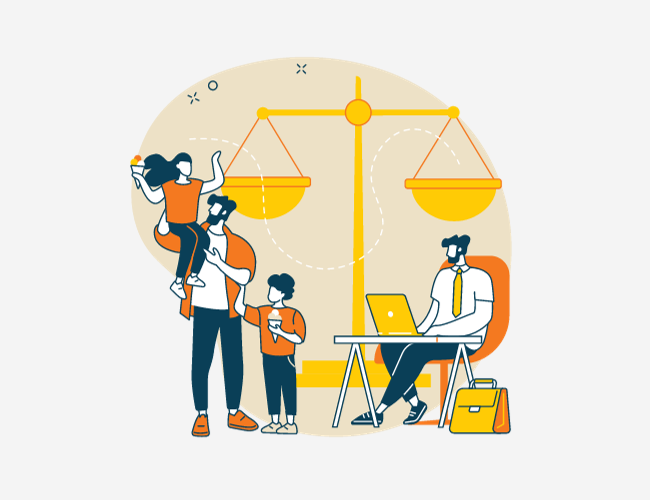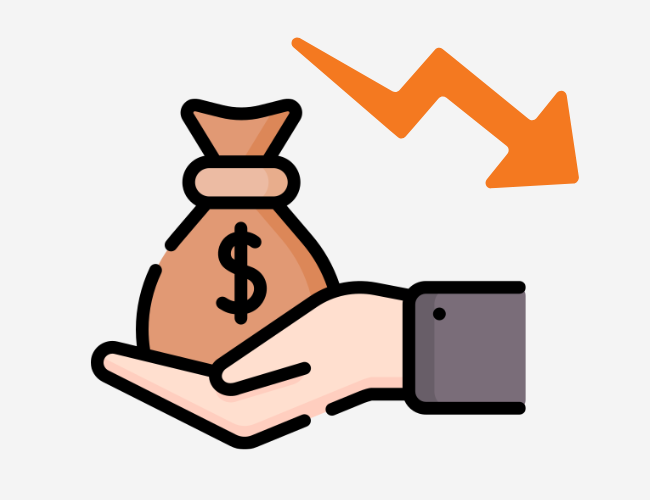Imagine two colleagues enroll in their company’s employee wellness step challenge. At the beginning of the one-month challenge, the two colleagues will share ideas on how to sneak steps in throughout the day. They cheer each other on to take the stairs and go for walks around the building. During the first two weeks, collaboration is high and co-workers are sharing best practices with one another and providing each other with support. In the last two weeks, collaboration lessens and colleagues are keeping to themselves. There is less of a community feel, which adversely impacts the buzz around driving a culture of wellness.

According to assistant professor of marketing at Stanford Graduate School of Business, Szu-chi Huang, “It’s a common scenario when two people are working toward similar goals, and it has implications for companies and organizations that serve them. Their perception of one another shifts from being friendly to decidedly distant.” From a competitive standpoint, it seems natural for individuals to stop sharing successful tricks, but the withdrawal has negative implications for an employee wellness program. The more distance colleagues create from others who have a similar goal, the more likely they are to feel disengaged, which increases the risk of dropping out of the program altogether.
In a study, “From Close to Distant: The Dynamics of Interpersonal Relationships in Shared Goal Pursuit,” 51 members of the Weight Watchers program were interviewed and separated into two groups – members who were early in the weight-loss process and those who were in a late stage. All participants in the early stage spoke of companionship, noting that they felt close to and willing to help fellow members, compared with just 42% in the advanced stage. By comparison, almost 79% of those in the advanced stage expressed feelings of distance and reluctance to share information with other members compared with 44% in the early stage.
The findings from this study have interesting implications for employee wellness programs that offer individual challenges. It’s not uncommon to see participation drop towards the end of a challenge, when goals are within reach and clear winners begin to emerge from the woodwork. In one experiment, researchers studied people who signed up for a seven-day 100,000 step walking program. Participants indicated they were joining for either “health” or “appearance” reasons and then were assigned a partner. Some participants were told that their partner had the same goal as they did, while others were told the partner joined for a different reason.
The results were similar to what happened in Weight Watchers. Those who were told that the partner joined for the same reason, felt more certain about how to make progress and shared less information towards the end of the challenge. By comparison, those who were teamed up with partners that shared a different goal experienced greater uncertainty and continued to share tips and provide support. “Hearing that others have different reasons to pursue a goal could elevate feelings of uncertainty,” says Huang. “If people feel uncertain about how to approach the goal, they’ll stay friendly with others and keep exchanging information.”
A solution to drive continued participation and engagement when doing individual employee wellness challenges could be to team people up that have different reasons and goals for joining the challenge. This sounds a bit counterintuitive. Most people would think that people with similar goals would be better at supporting each other, but research indicates otherwise. Teaming up individuals with different goals may be the answer to reducing employee drop off in challenges. We look forward to exploring this with our programs.












